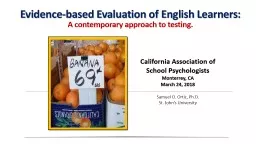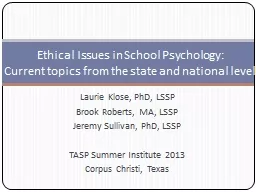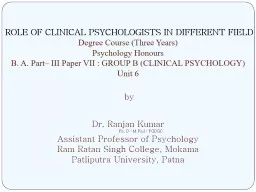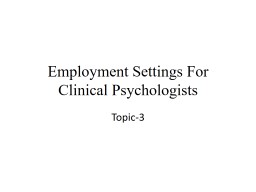PPT-Oklahoma School Psychologists Association
Author : pamella-moone | Published Date : 2019-11-25
Oklahoma School Psychologists Association Tulsa OK March 30 2018 Samuel O Ortiz PhD St Johns University Evidencebased Evaluation of English Learners A contemporary
Presentation Embed Code
Download Presentation
Download Presentation The PPT/PDF document "Oklahoma School Psychologists Associatio..." is the property of its rightful owner. Permission is granted to download and print the materials on this website for personal, non-commercial use only, and to display it on your personal computer provided you do not modify the materials and that you retain all copyright notices contained in the materials. By downloading content from our website, you accept the terms of this agreement.
Oklahoma School Psychologists Association: Transcript
Download Rules Of Document
"Oklahoma School Psychologists Association"The content belongs to its owner. You may download and print it for personal use, without modification, and keep all copyright notices. By downloading, you agree to these terms.
Related Documents














